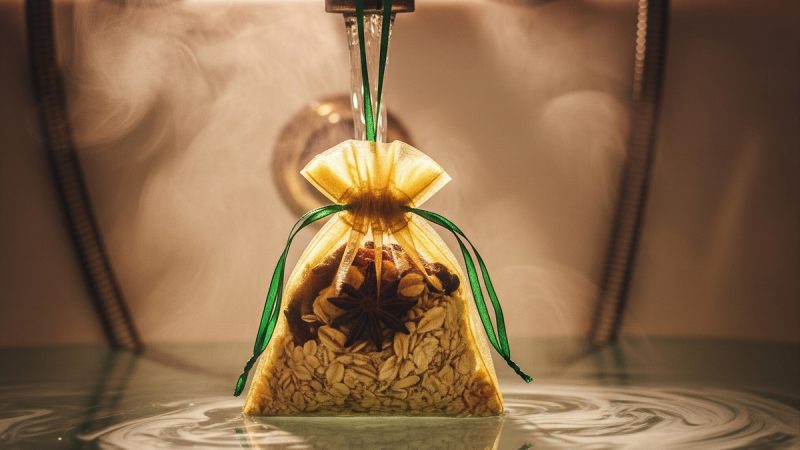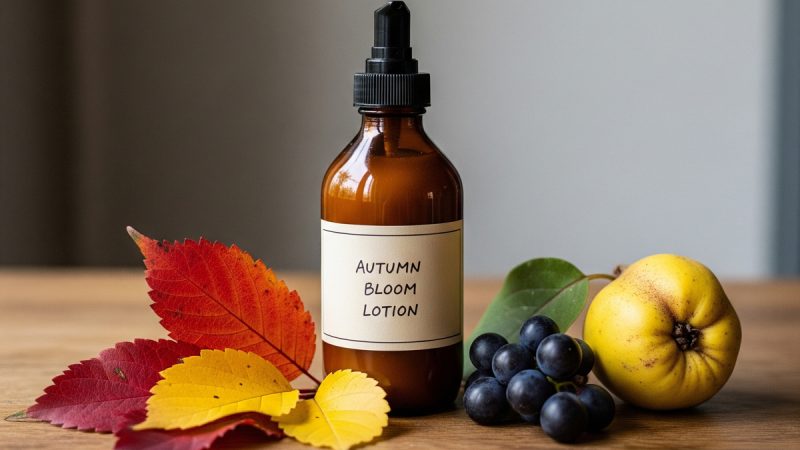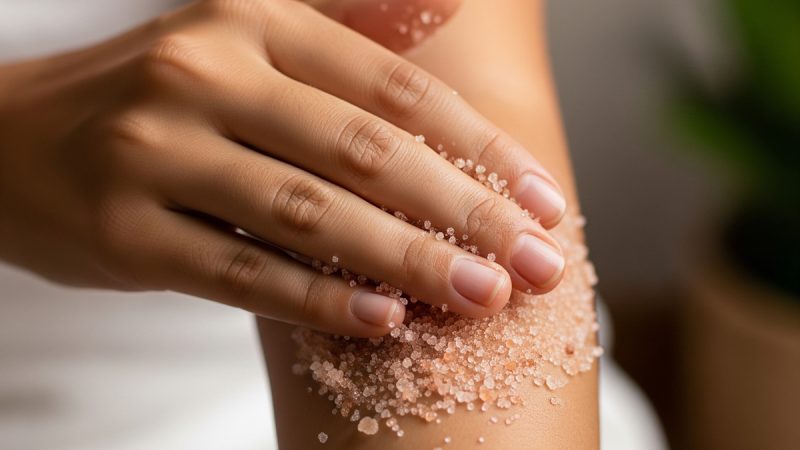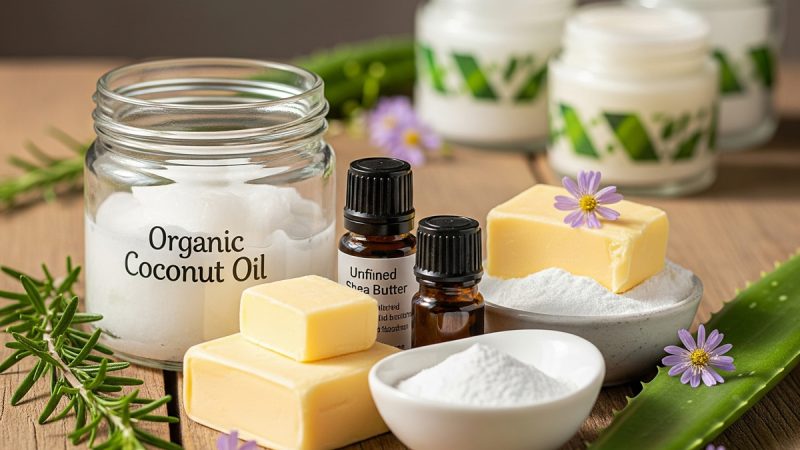Yucca Root – Body Wash and Shampoo

Yucca Root (also known as manioc or cassava) is a white, starchy tropical vegetable and dietary supplement (including yucca plants, trees, shrubs, and variegated yucca). The yucca plant, itself, is native to Africa, Asia, Latin America, and the Caribbean. Yucca Root contains vitamin C and saponins (a distinctive foaming characteristic), making for a better lather when used as a natural (herbal) soap, body wash, and shampoo. Saponins have antifungal, antibacterial, and emollient properties. Yucca species include: Yucca aloifolia (Spanish bayonet), Yucca schidigera (Mojave Yucca, Spanish Dagger), Y. brevifolia (Joshua Tree), Y. filamentosa (Adam’s Needle), and Y. glauca (Soapweed).
Here are Some “Olde Tyme” Recipes for a Yucca Body/Hand Wash and Shampoo:
I. Shampoo
Peel the outer skin from 2 or 3 Yucca root tubers (use more if you want to make a lot).
Chop the white root into very small cubes.
Boil in approx. 1 quart of spring or mineral water until the Yucca root becomes very soft and mushy; simmer the root until it reduces to the consistency you want (thickness or thinness).
Let this concoction cool down to room temperature before using it!
Once cooled, use as a body wash or shampoo.
II. Hand Soap or Wash
As a hand soap or wash, you can shred Yucca leaves or p eel the outer bark of the tuber then rub them together between your palms with water to form lather.
III. Dok Kheti’s Yucca Root Lotion
My yucca root lotion works very well as a skin moisturizer during these dry, cold months of fall and winter:
Ingredients:
- 1 Yucca Root
- 1 Aloe Vera Leaf (use the inner gel)
- 1-2 Tsp Extra Virgin Olive Oil
- 2-3 Cups Spring Water (Distilled Water will do as a substitute)
- 1/4 Cup Lanolin
- 5-10 Drops Berberis Extract (from Barberry or Oregon Grape Extract; this is used as a natural antiseptic and preservative)
- 1 Muslin Straining Cloth
- 1 Glass Pot
- 1 Wooden Spoon
- 1 Sterilized Plastic Holder with Lid
Preparation:
Bring the 2-3 cups of spring water to a boil.
Chop the yucca root into quarters, rinse, and then boil until the yucca root is white and mushy, stirring periodically.
Let the yucca root cool then strain using the muslin straining cloth.
Add the rest of the ingredients in and stir vigorously.
Decant the lotion into the sterilized plastic holder with lid.
Note: You may add your favorite essential oil should you wish your lotion to be scented.
Yucca: A Natural Pain Reliever
Other Botanical Characteristics and Benefits of Yucca Root:
Alterative: Cleanses, stimulates, and aids in the efficient removal of waste products.
Anti-bacterial: Destroys or stops the growth of bacterial infections.
Anti-inflammatory: Counteracts and diminishes inflammation or its effects and as a possible anti-arthritic pain remedy.
Anti-rheumatic: Prevents and relieves rheumatism.
Astringent: Constricting or binding effect, for example: one that checks hemorrhages or secretions by coagulation of proteins on a soft surface.
Bitter: Stimulates secretion of digestion and encourages appetite.
Blood Purifier: Cleanses the blood as well as enhances it by increasing the nutrient value.
Laxative: Stimulates bowel movements.
The Author:
Dr. Sahure
Photo. Ulrike Leone









Hello!
I don’t know how to talk in english pretty well, but I’m gonna try to make you a question! I hope you answer me:
I would like to know which species of Yucca have saponins in the roots and trunks. Can you help me?
I wanna make my own homemade shampoo and I’m searching about this by a long long time… It have been a hard research…
Here in Brazil I have found a lot of different Yucca species but I don’t know which I can use. I think I have found a lot of Y. Filamentosa… I don’t know how I can take some part of its root without to hurt the plant, too… =/ Can you help me with this?
Thank you for your attention!
Blessed be.
Alecrim
Hi Alecrim,
Thank you for your question! The Yucca species that contain saponins in their roots and trunks are primarily Yucca schidigera, Yucca baccata, and Yucca glauca. These are the most commonly used species for making homemade shampoo. I understand that you have found Yucca filamentosa in Brazil, but unfortunately, it does not contain high levels of saponins.
To ensure you don’t harm the plant while taking some of its roots, it’s best to consult with a local expert or botanist who can provide guidance on sustainable harvesting practices. They will be able to provide you with specific instructions on how to extract the roots without damaging the Yucca plant.
Good luck with your homemade shampoo project!
Blessed be.
Yucca is different than yuca. Yucca contains the saponin for soap. These are found in Los Angeles and elsewhere, I am sure. Yuca is manioc and comes from the cassava plant and is found in South America (but I’ve eaten it in Fiji, too)
From wikipedia–
YUCA Manihot esculenta, with common names cassava (/kəˈsɑːvə/),[2] Brazilian arrowroot,[2] manioc,[2] and tapioca,[2] is a woody shrub of the spurge family, Euphorbiaceae, native to South America. It is extensively cultivated as an annual crop in tropical and subtropical regions for its edible starchy tuberous root, a major source of carbohydrates. Though it is sometimes called yuca in Spanish, it differs from the yucca, an unrelated fruit-bearing shrub in the family Asparagaceae. Cassava, when dried to a powdery (or pearly) extract, is called tapioca; its fermented, flaky version is named garri.
YUCCA is a genus of perennial shrubs and trees in the family Asparagaceae, subfamily Agavoideae.[2] Its 40-50 species are notable for their rosettes of evergreen, tough, sword-shaped leaves and large terminal panicles of white or whitish flowers. They are native to the hot and dry (arid) parts of North America, Central America, South America, and the Caribbean. Early reports of the species were confused with the cassava (Manihot esculenta).
Hi,
You’re correct in pointing out the difference between Yucca and yuca (cassava). Yucca is indeed the plant that contains saponins for soap, while yuca (cassava) is a different plant used for its edible starchy root.
It’s interesting that you’ve had yuca (cassava) in Fiji as well. It just goes to show how widely it is used and cultivated. Yucca, on the other hand, is native to arid regions of the Americas.
Thank you for sharing this information and for clarifying the distinction between the two plants!